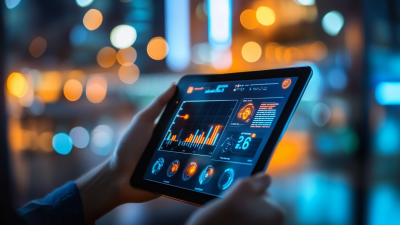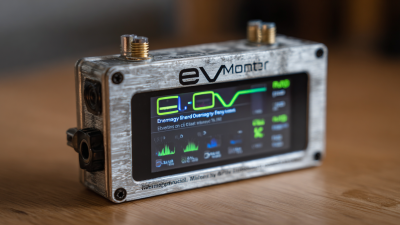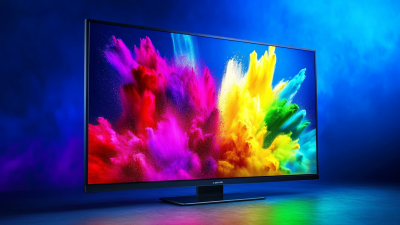Leave Your Message
In today's world, where energy efficiency is more important than ever, homeowners are constantly seeking innovative solutions to reduce their energy consumption and costs. One of the most effective tools to achieve this goal is the Portable Energy Monitor. This compact device provides real-time insights into energy usage, allowing homeowners to identify patterns and inefficiencies in their electricity consumption. Recent studies have highlighted the potential of Portable Energy Monitors to not only track energy usage but also empower users to make informed decisions about their energy consumption habits. By leveraging these monitors, individuals can pinpoint energy-draining appliances, optimize their usage, and implement cost-saving measures that lead to a more sustainable home. This guide will explore how to effectively utilize a Portable Energy Monitor to maximize home energy efficiency, drawing on the latest research and practical applications.
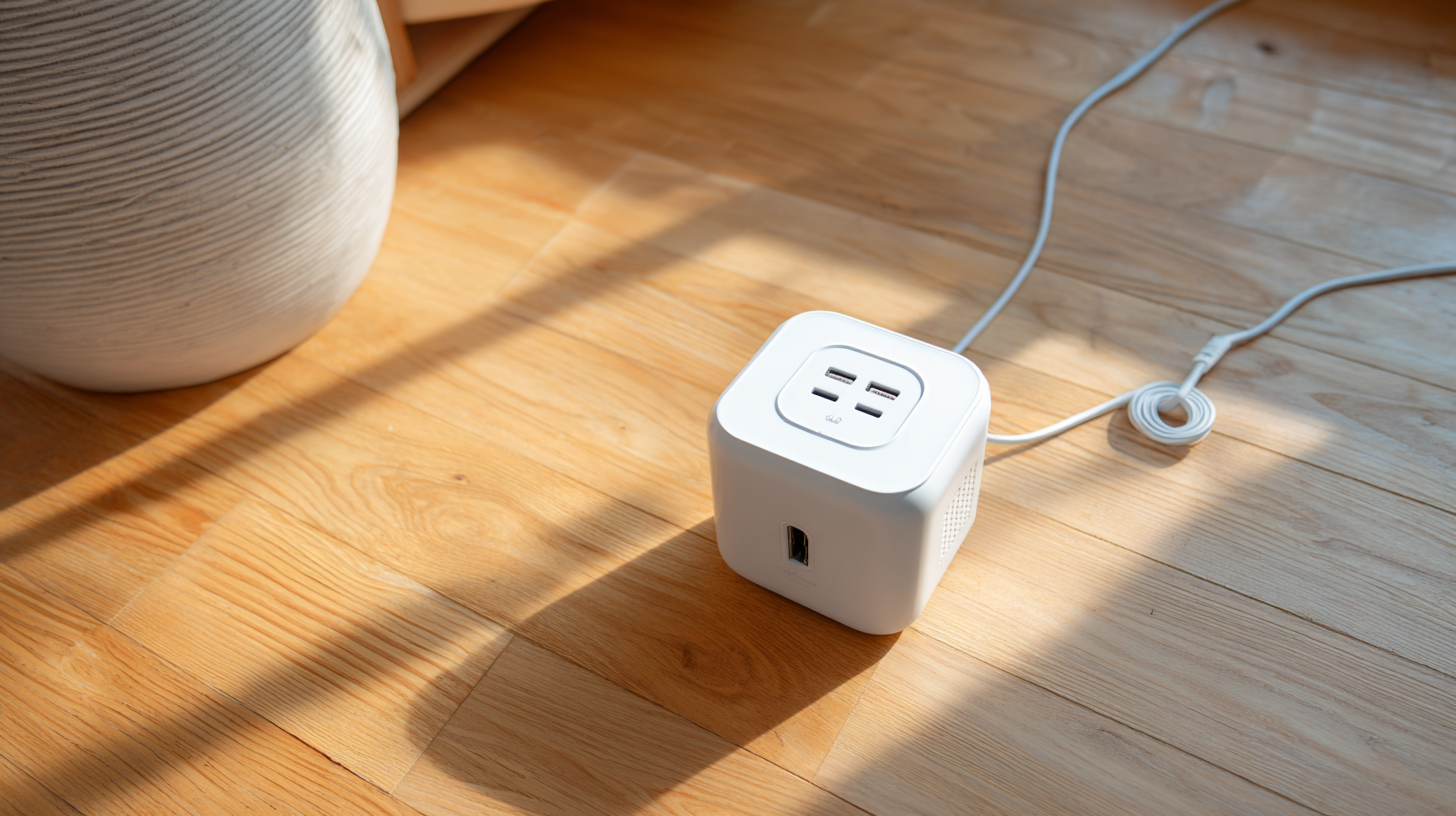
Portable energy monitors have become essential tools for enhancing energy efficiency in homes. These devices allow homeowners to track their energy consumption in real-time, providing insights that can lead to more informed decisions about energy usage. By understanding their basic functionalities, users can optimize their energy habits, potentially resulting in substantial savings on utility bills. The integration of such monitors with smart plugs and other smart home devices enhances their utility by allowing users to control their appliances remotely, set schedules, and monitor energy use patterns over time.
The effectiveness of portable energy monitors is augmented when paired with the right energy-saving devices. Recent advancements in technology have led to innovative solutions, such as smart in-wall outlets and advanced battery testing methods that ensure energy devices operate efficiently. These components work together to improve overall home energy management, offering convenience and control at the user's fingertips. Understanding these devices' roles in the home energy ecosystem is paramount for maximizing their benefits, ultimately leading to a more sustainable living environment.
This chart illustrates the average monthly energy consumption (in kWh) by different household appliances. Understanding these metrics can help homeowners identify areas where they can improve energy efficiency and reduce overall consumption.
Portable energy monitors have emerged as valuable tools for homeowners seeking to enhance their energy efficiency by providing real-time data on energy consumption patterns. By strategically placing these devices in different areas of the home, individuals can identify which appliances and systems consume the most energy. For example, monitoring usage during peak hours can highlight energy-hungry devices that might lead to inflated utility bills.
Moreover, the insights gathered from portable monitors can guide homeowners in making informed decisions about energy use. By analyzing the data, homeowners may discover patterns, such as excessive energy consumption during certain times or when specific devices are utilized. This information allows them to implement strategies like staggering usage times or upgrading to more energy-efficient appliances, ultimately reducing their environmental footprint and utility costs.
| Energy Consumption Type | Average Monthly Usage (kWh) | Estimated Cost ($) | Potential Savings with Monitor (%) |
|---|---|---|---|
| Heating | 800 | 100 | 15 |
| Cooling | 600 | 75 | 20 |
| Appliances | 500 | 65 | 10 |
| Lighting | 300 | 40 | 25 |
| Electronics | 200 | 30 | 5 |
Implementing smart strategies for energy saving starts with understanding the consumption patterns in your home. A portable energy monitor can provide real-time data on energy usage, allowing homeowners to identify which appliances consume the most energy. By analyzing this data, users can make informed decisions about when to use specific devices or consider upgrading to more energy-efficient alternatives. For instance, knowing that an older refrigerator uses significantly more electricity can prompt timely replacements or maintenance checks to ensure optimal performance.
Moreover, integrating the insights gained from monitoring into daily routines can lead to compounded energy savings. For example, a household might discover that peak energy consumption occurs during specific hours. Armed with this knowledge, they can reschedule high-energy activities, such as laundry or dishwashing, to off-peak times, resulting in lower energy bills. Implementing these strategies not only enhances energy efficiency but also promotes a more sustainable lifestyle, ultimately contributing to reduced environmental impact. By leveraging monitoring data effectively, homeowners can turn awareness into action, leading to significant energy savings in the long run.
Integrating portable energy monitors into home automation systems can significantly enhance energy efficiency by providing real-time data on energy consumption. These devices track electricity usage across various appliances and systems, allowing homeowners to identify patterns and areas where energy is wasted.
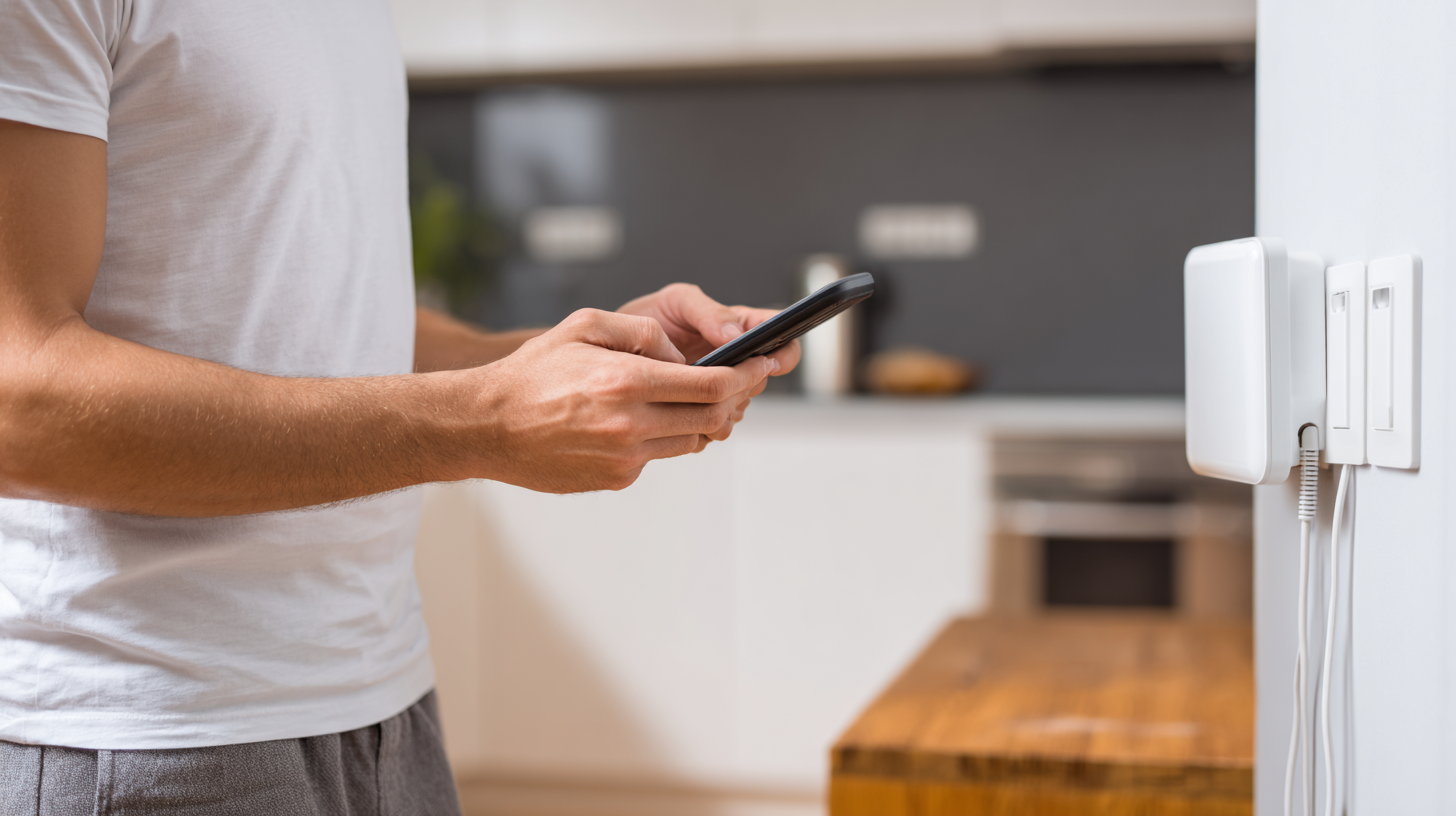 When connected to a smart home ecosystem, users can easily adjust settings based on the insights gained from the monitors. For example, they could automate the operation of high-consumption devices, scheduling them to run during off-peak hours when energy rates are lower.
When connected to a smart home ecosystem, users can easily adjust settings based on the insights gained from the monitors. For example, they could automate the operation of high-consumption devices, scheduling them to run during off-peak hours when energy rates are lower.
Moreover, portable energy monitors offer additional features such as alerts and notifications, which can prompt users to take action when energy use exceeds predefined thresholds. By incorporating machine learning algorithms, these monitors can learn user preferences and optimize appliance use accordingly, thereby reducing overall energy demand. This intelligent interaction not only promotes efficiency but also contributes to cost savings on utility bills. As the integration of these devices continues to evolve, the combination of portable energy monitors and home automation systems represents a future where energy conservation is seamlessly woven into daily living.
The financial impact of using portable energy monitors on household bills has garnered significant attention in recent studies. These devices allow homeowners to track their energy consumption in real-time, enabling them to identify usage patterns and optimize their energy efficiency. By providing insights into energy waste and peak consumption times, portable energy monitors empower households to make informed decisions about their energy use, potentially leading to substantial savings on monthly bills.
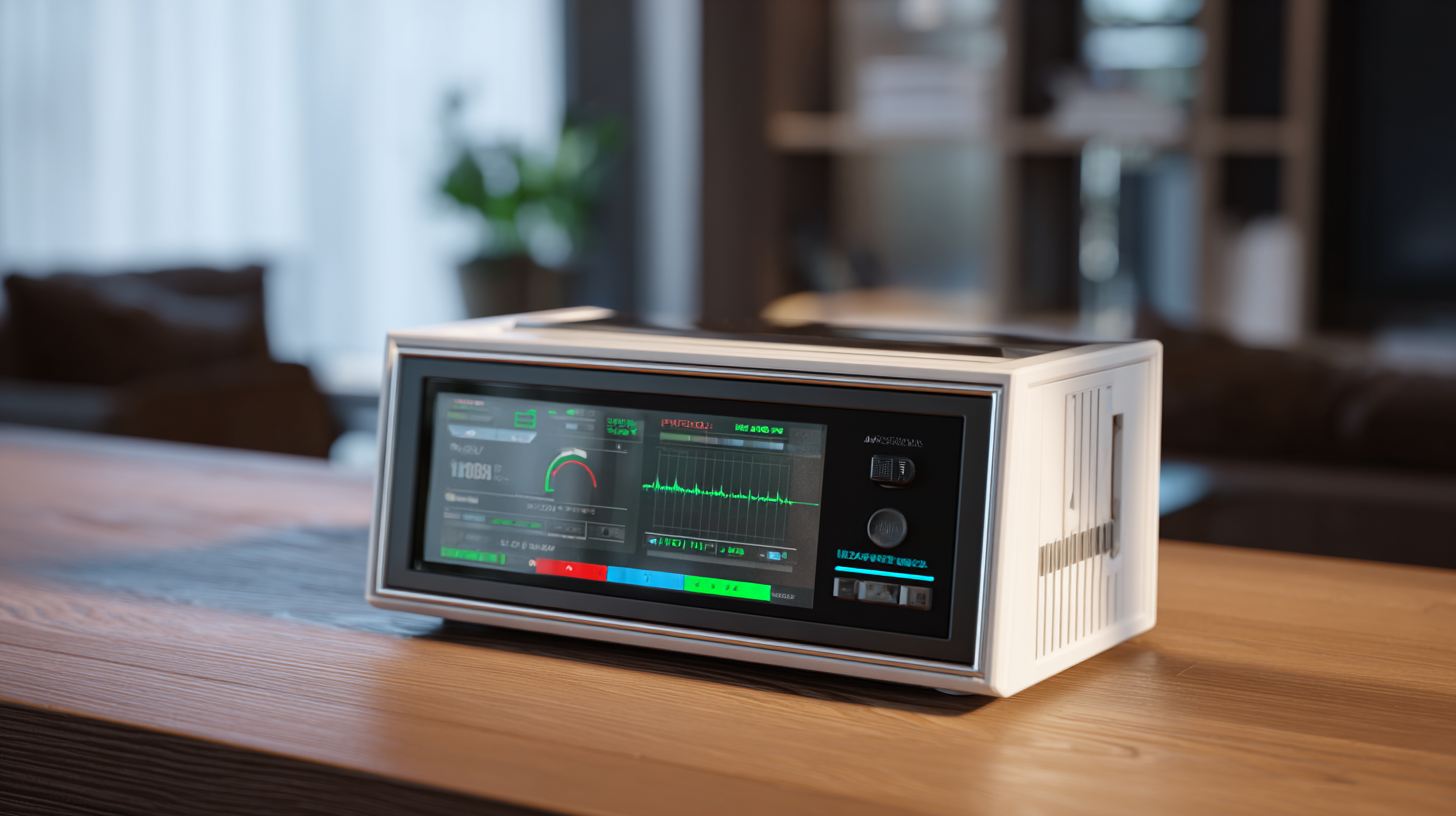
Research indicates that households utilizing portable energy monitors can reduce their energy consumption by an average of 15-20%. This reduction not only translates to lower utility bills but also contributes to reduced carbon footprints. Homeowners are encouraged to set personalized energy goals based on the data collected, thus promoting habits that lead to both financial savings and environmental benefits. The ability to quantify potential savings creates a more proactive approach to energy management, highlighting the value of these devices in enhancing both economic and environmental efficiency.

